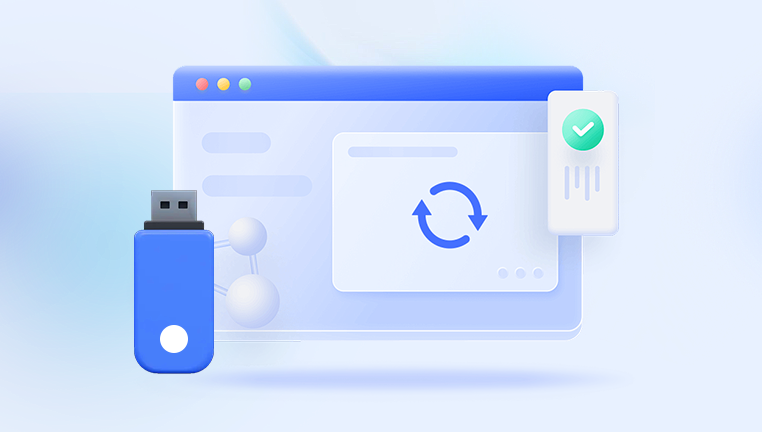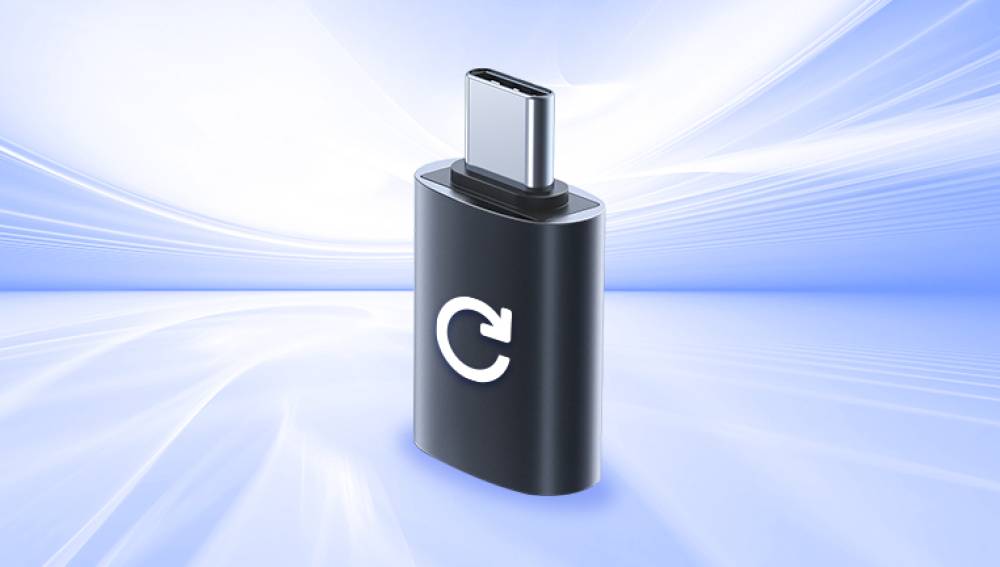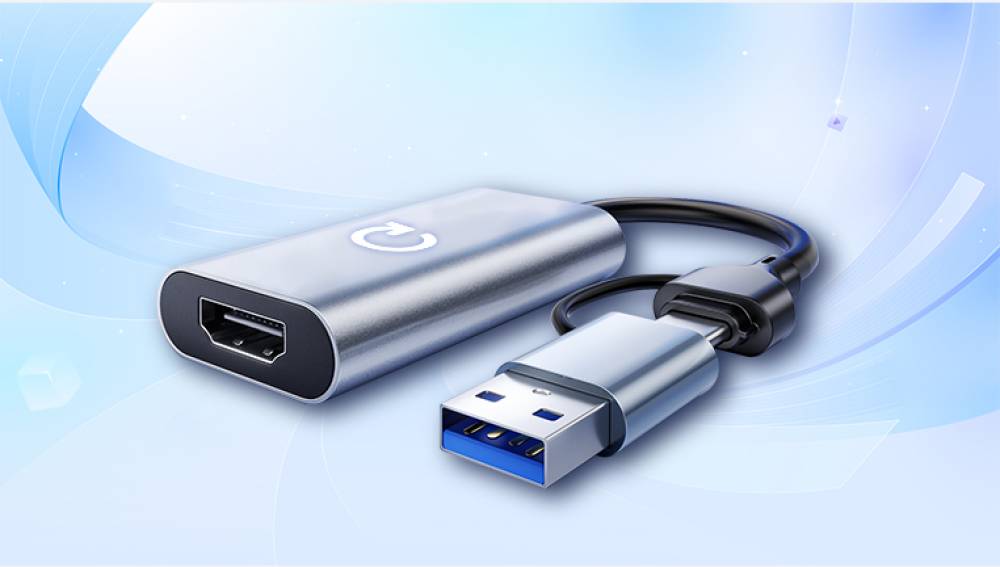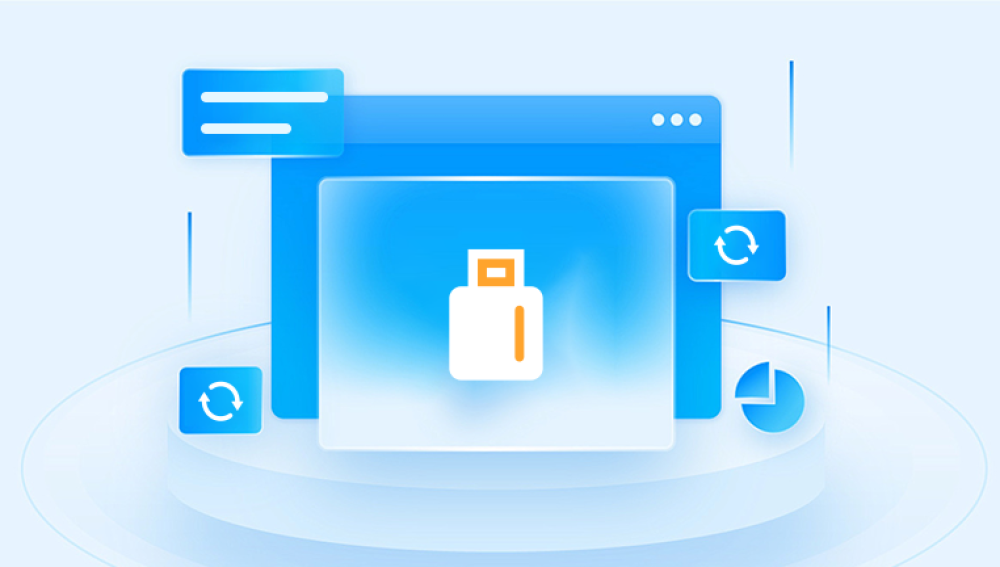Recovering data from a formatted USB drive is possible, but the success rate depends on several factors including the type of formatting, the extent of use after formatting, and the methods employed for recovery. This comprehensive guide will discuss these aspects in detail, along with the steps and tools needed for effective data recovery.
Before diving into recovery methods, it’s important to understand what happens when a USB drive is formatted:
Quick Format vs. Full Format:
Quick Format: Only the file system tables are cleared, but the actual data remains on the disk until overwritten by new data. This makes recovery more feasible.
Full Format: Writes zeros to the entire drive, effectively erasing all data. Recovery is much harder, if not impossible, with standard tools.
File System:

Different file systems (e.g., FAT32, NTFS, exFAT) handle data differently. Some file systems make recovery easier due to how they manage data and metadata.
Factors Affecting Data Recovery
Extent of Use After Formatting:
The more the USB drive is used after formatting, the lower the chances of successful recovery. New data can overwrite the old data, making it irretrievable.
Type of Files:
Some file types are more resilient to partial data loss and corruption. Text files, for example, might still be partially readable even if some data is lost.
Condition of the USB Drive:
Physical damage to the drive can complicate recovery efforts. Logical damage, such as corrupted file systems, is typically easier to handle.
Steps for Data Recovery
Step 1: Stop Using the USB Drive
To maximize the chances of successful recovery, immediately stop using the USB drive to prevent any new data from being written and potentially overwriting the data you wish to recover.
Step 2: Select the Right Data Recovery Software
There are several data recovery tools available, both free and paid.
Disk Imaging
Creating a disk image before attempting recovery is a good practice. This ensures that you have a backup of the drive in its current state, reducing the risk of further data loss during the recovery process. Tools like Clonezilla or dd (Linux command) can be used to create disk images.
Preventative Measures
To avoid future data loss, consider these preventative measures:
Regular Backups:
Regularly back up important data to multiple locations (e.g., external hard drives, cloud storage).
Safe Removal:
Always use the “Safely Remove Hardware” option to prevent data corruption.
Avoid Overwriting:
After accidental deletion or formatting, avoid writing new data to the drive.
Use Reliable Storage Devices:
Invest in high-quality USB drives and storage devices to reduce the risk of failure.
Recovering data from a formatted USB drive is possible, especially if quick format was used and the drive hasn’t been extensively used afterward. Utilizing the right tools and techniques can significantly increase the chances of successful recovery. For complex cases, professional data recovery services might be necessary. Implementing preventative measures can help mitigate the risk of future data loss.




